Winter Q & A
Winter Q & A
Questions about February gardens and seed starting.
These are the questions that our customers were asking last week, including those from the seed-starting Happy Hour on February 9th. (The recording of that Seed It! Happy Hour will be on the Events page soon.)
Q. Is there a difference between heirlooms and hybrids in ability to start seed?
A. No, heirlooms and hybrids are pretty equivalent when it comes to growing them from seed. The timing and requirements for germination are related more to the type of plant rather than whether it’s a hybrid or heirloom. Where we do see a difference in these plants is often in disease resistance later on. Heirloom tomatoes, for example, are more prone to early blight in Cape Cod gardens.
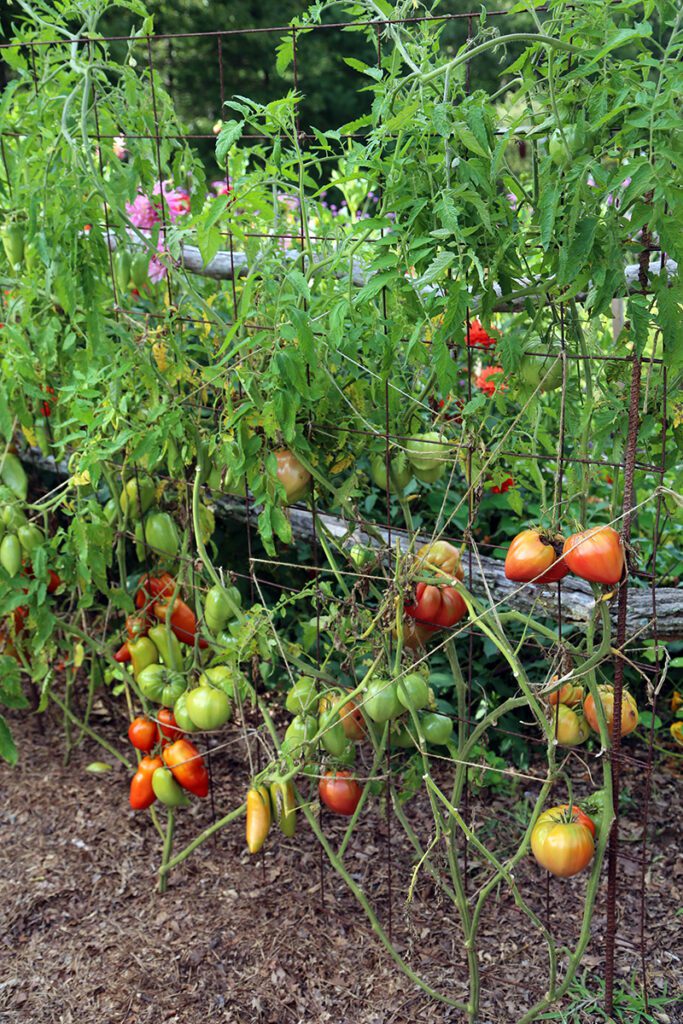
Q. Can Armenian cucumbers be grown on the Cape?
A. Yes, you can grow Armenian cucumbers on Cape Cod. Like all cucumbers, they want warm conditions to germinate and grow, so don’t plant seeds outdoors too early, or start them inside before the beginning of May. This type of cucumber takes about 70 days from harvest to maturity, which is almost two weeks longer than other varieties, so know that you’ll be picking them later in the season. Like other cucumbers and squash, the plants can get powdery mildew so spray them regularly with an organic fungicide starting early in the summer.
Q. Is zucchini prone to powdery mildew?
A. Yes, all varieties of squash are prone to powdery mildew. The key to managing this is regular spraying with an organic fungicide, starting before the plant has the problem. Use a pump sprayer because the wand can be positioned to spray the underside and tops of the leaves, along with the stems. I will often alternate between fungicide products, one week using Revitalize, and the next week applying Neem Max.
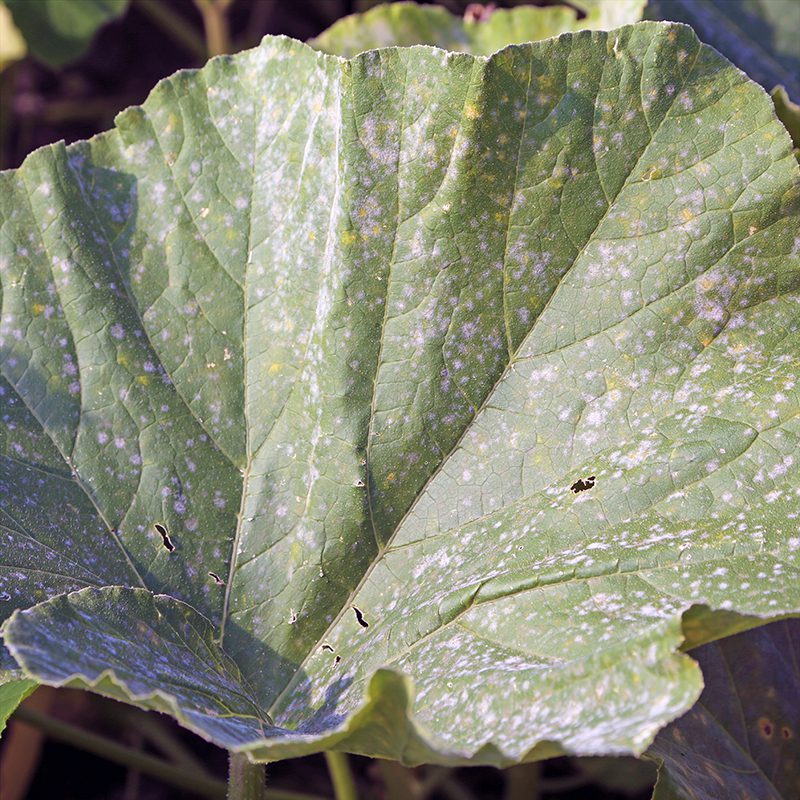
This is how powdery mildew looks on a squash leaf later in the summer. It’s impossible to avoid it completely, especially in summers when the air is humid but there aren’t heavy rainfalls. (Rain can wash the spores off of the leaves, helping to control the problem.) But using an organic fungicide early in the summer, and applying it often, helps extend your squash harvest into the fall.
Q. Best way to eliminate squash beetles?
A. There are three ways to handle squash beetles. The first, an “old farmer cure,” is to put on gloves and hand pick/smash any adults you see, and look at all leaf surfaces for the orange-to-yellow egg clusters. Scrape off or smash the eggs. The second way to control is to spray the plants/eggs/insects with a pyrethrin or neem based insecticide. Use any insecticide according to directions, and avoid spraying on hot sunny days. The last means of control is with inter-cropping. Studies have shown the growing the vining nasturtiums under and around squash will deter squash bugs. Be sure to plant the vining variety from seed, not the smaller, bush plants that we sell in pots or six packs.
Q. Does Hyannis Country Garden have grow light set ups for sale?!
A. We stock a single, floodlight shape grow light, but not the setups that include long bulbs and shelves.
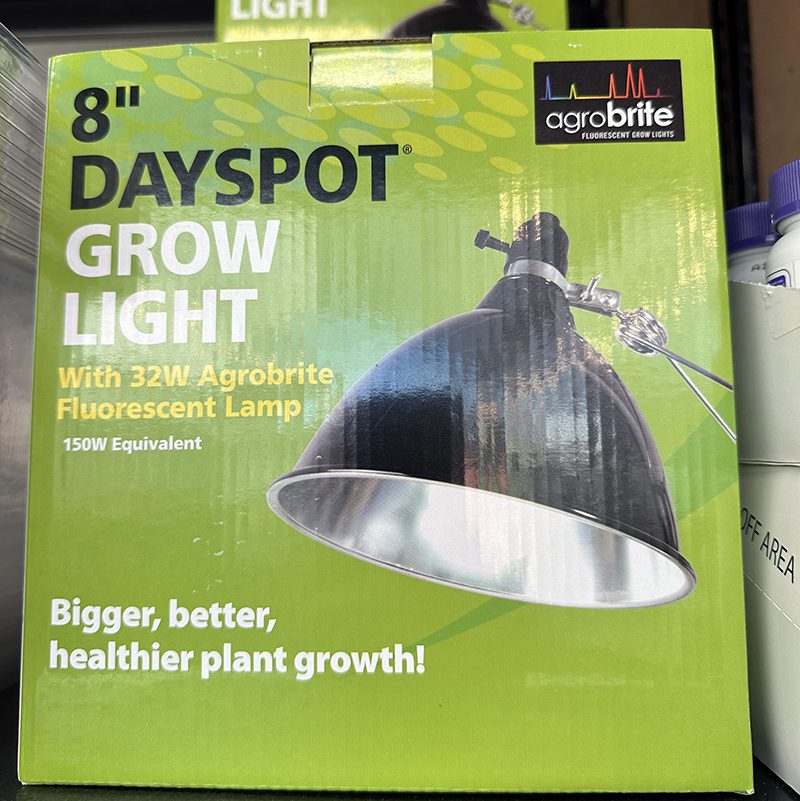
Q. Squash borer threw me for a loop. Advice?
A. Like the squash beetle, there are several ways to manage the squash vine borer. The “old farmer cure” is to put on long sleeves and gloves (squash plants are prickly!) and lift up the stems every two or three days, looking for eggs that have been laid on the underside. Smash them when found.
The second approach is to spray the underside of the stems regularly with Captain Jack’s Deadbug Brew; the active ingredient is spinsoad, and when the underside of the stems are regularly coated, the larvae that starts to bite into the stem when it hatches will be killed. The key to that approach is to get the stems sprayed before the eggs are laid – once the stems wilt, it’s too late.
The third method is one I have found to be quite successful: you dust the top of the squash vines and the soil around the stems with a fine layer of wood ashes. This needs to be repeated after a rain, so it’s more work in a wet summer than in dry weather. The moth (which looks more like a wasp when in flight) that lays the eggs on the stems doesn’t like to land on the ash and crawl through it to deposit the eggs. If you don’t have wood ash you can use diatomaceous earth, but keep that away from any flowers since it will also harm any bees that crawl through it.
Some people cover the stems of their squash with mulch or soil, in order to hide those vulnerable vines from the moth.
Turning your soil in the fall can also help, since it exposes the over-wintering pupae to the cold and hungry birds.
Q. My spring bulbs planted in containers outside are coming up too early! Problem?
A. It’s typical to see some bulb foliage emerging in late winter, be it from the ground or in containers. Since our winters are getting warmer, this is happening even earlier than in the past. It isn’t a problem, however, unless we have a sudden plunge in temperatures as we did last year in early February; it’s harder on all plants when the weather goes from mild, mild, mild to Polar Vortex! overnight. You don’t have to cover the tips of the foliage that’s emerging.
As long as there isn’t a drastic drop in temperature, the bulbs will be fine. I’ve always looked on this winter-emergence as a gift to me…it reminds me that spring is, indeed, right around the corner.
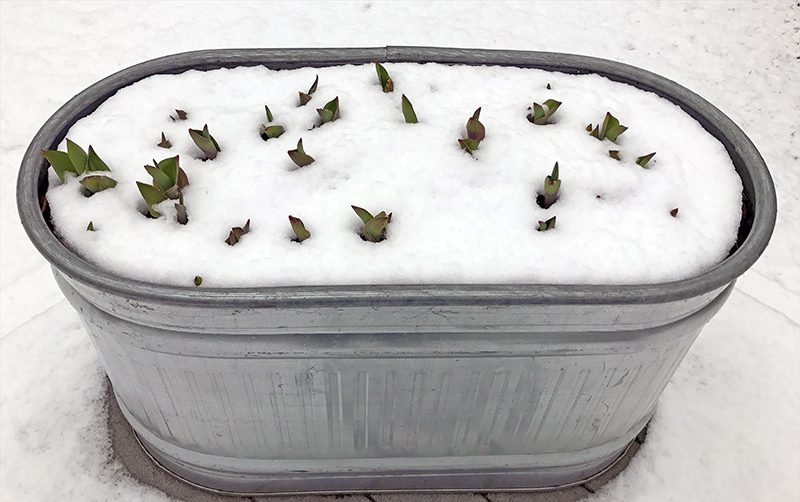
Q. Can I cut my ornamental grasses down now?
A. Yes! Anytime between now and the end of March, grasses can be cut. You want to do this before the new growth comes up from below, and that usually happens at the end of March or early April.
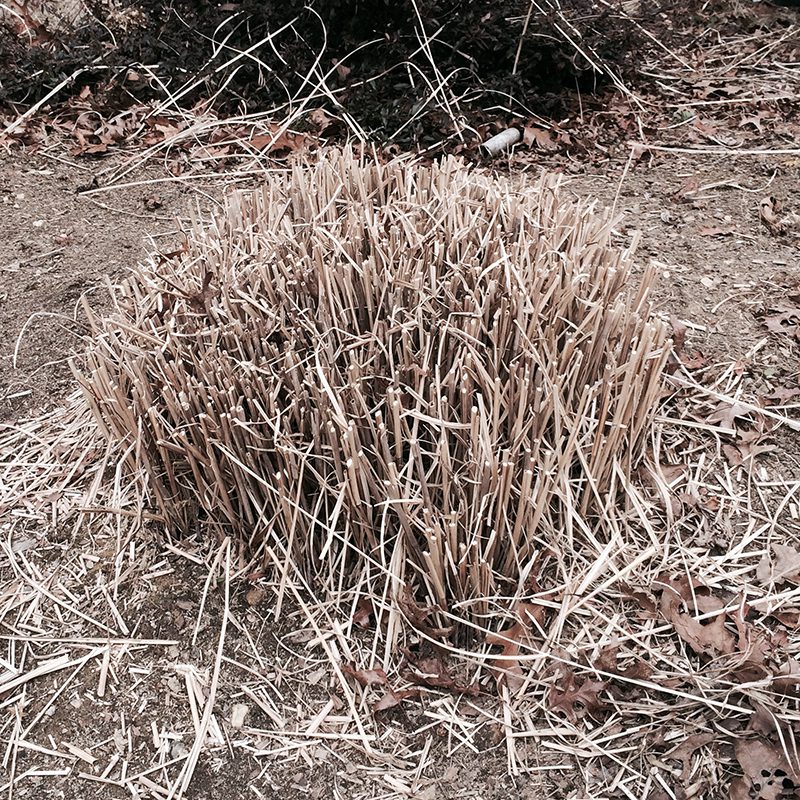
Q. We just moved to a new house and there is a Forsythia in bloom right now! Is this normal?
A. If your shrub is on Cape Cod and is in flower now, in mid-February, it’s probably a witch hazel (Hamamelis), not a Forsythia. Witch hazel flowers in the winter, some varieties opening in February and others in March. (The native witch hazel, Hamamelis virginiana, flowers in the fall into December. The varieties that are commonly planted for winter bloom are native to Asia.)
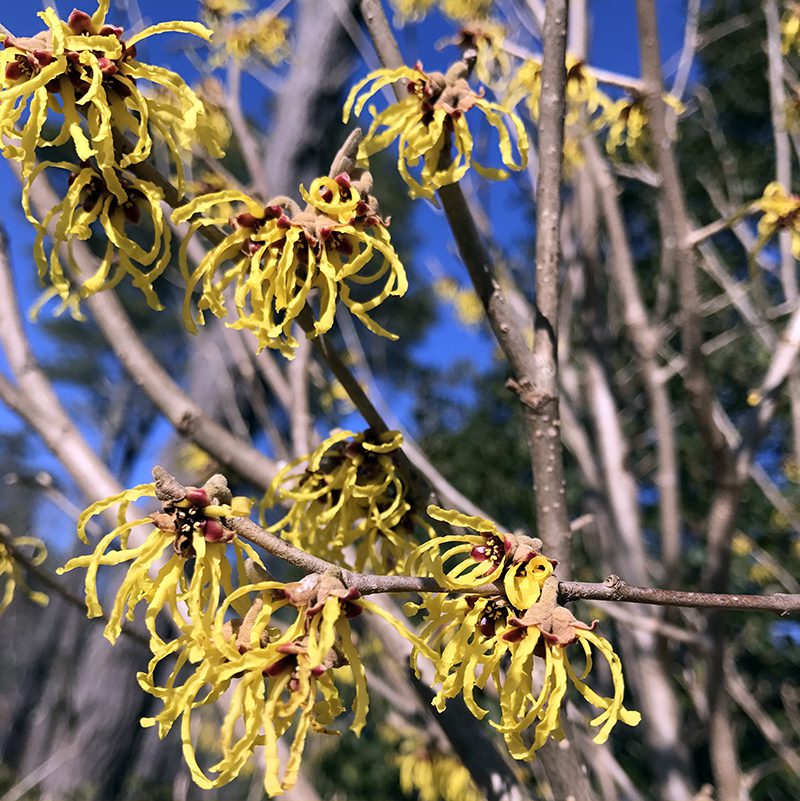
Subscribe To Our Newsletter
Sign up for our weekly email about sales and events.
